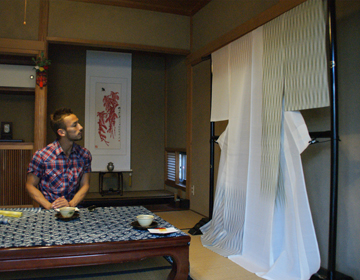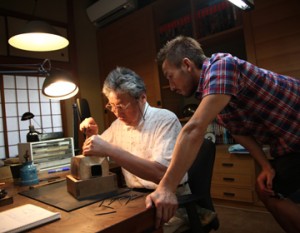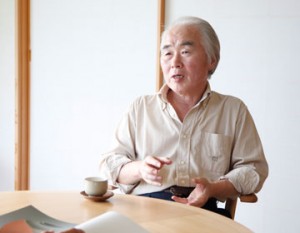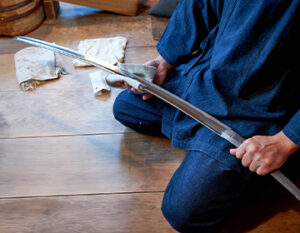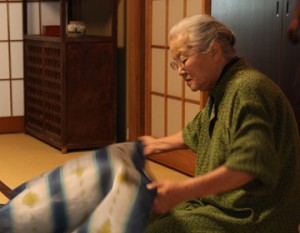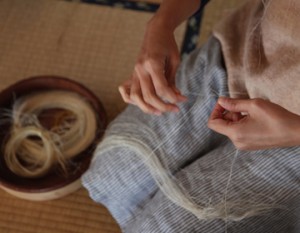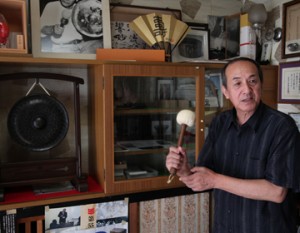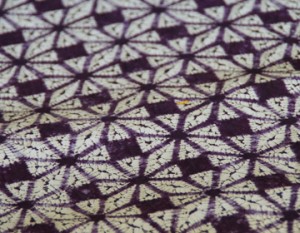Delicately woven kimono
“Monsha” is a type of textile made from thin “”shaji”” cloth woven in a special way to create patterns in the fabric.
From Heian period and beyond, it was called “”Usumono (thin cloth)””, and was used for summer attire of the court nobles. It is still worn in the summer by people who regularly wear kimonos. The technique required to make Monsha is one of the most difficult and complex in the textile industry. However, it is full of creativity. That is why it has charmed people from ancient times.
Noble and beautiful gradation
We sat down with Yoshinori Tsuchiya, who was certified as a Living National Treasure in 2010 for his skills in Monsha weaving. After graduating from art school, he studied under textile artist Fukumi Shimura, a Living National Treasure in the field of Tsumugi weaving.
In 1981, he set up his own workshop. Since then, he has been creating his original delicate textiles by combining techniques of traditional Monsha, plant dyeing, and Kasuri weaving which create a color gradation on the cloth. His kimonos are highly acclaimed as works of art.
Nakata was shown one of Tsuchiya’s works. Precise patterns and invigorating colors gave the kimono a refreshing look, ideal for the heat of summer.
“”I get great design ideas from nature, like the Nagara River and the mountains,”” said Tsuchiya. His words made us realize that art cannot be created without the blessings of nature.



